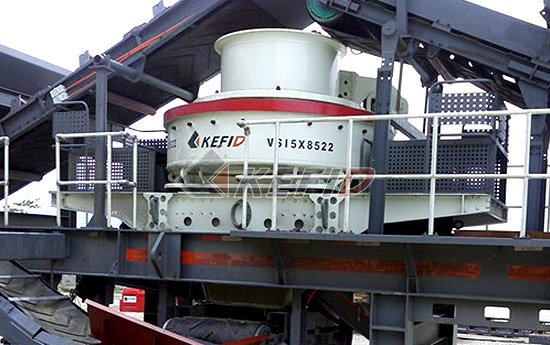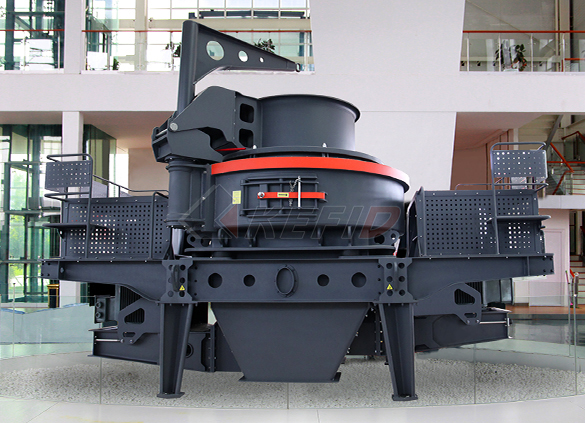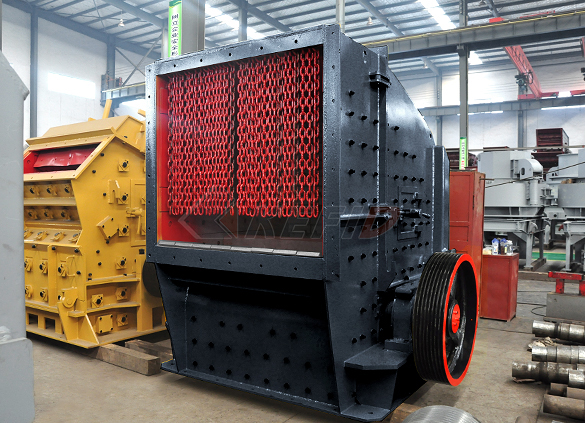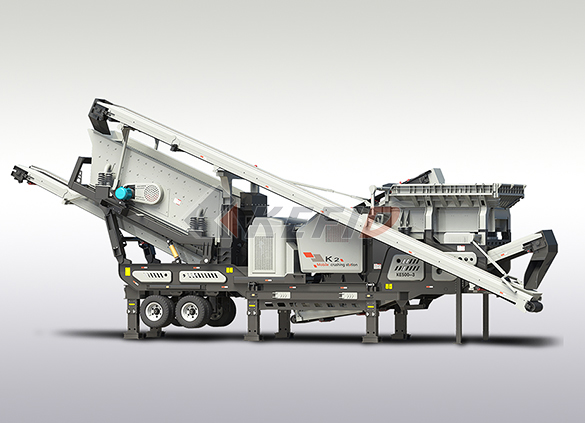NEWS
- Company News
- Kefid's impact crusher models
- Kefid single-cylinder hydraulic
- The equipment configuration and
- The future development of minin
- K series tire mobile crusher
- Bauma China 2020: Three new pro
- Basalt sand and gravel producti
- The crushing mechanism of impac
- The use of coal gangue and crus
- 325 mesh calcium carbonate powd
- Industry News
- The maintenance measures that i
- The standard of mechanism sand
- The technological processes of
- Concrete blocks recycling to bu
- A powerful tool for processing
- Stone crusher for railway proje
- The selection of crushing cavit
- The advantages of mobile sand m
- The solution to prevent corrosi
- 50-70 tons per hour of gold ore
- Exhibition
- Special Report
- Faq
- How to maintain the production
- How to configure equipment for
- What equipment is needed for th
- What are the complete sets of e
- Regarding the waste disposal af
- What is the price of sand washe
- How much are the accessories of
- What is the reason for the slow
- What is the installation proced
- Why is the impact crusher widel
The difference between the dry, wet or semi-dry methods for the mechanism sand production
The main advantages of the dry process is:
1. The produced mechanism sand has a low moisture content, generally less than 2%, and the mixed dry mortar can be used directly.
2. The content of stone powder in the finished sand can be adjusted and controlled, and centralized recycling can be comprehensively utilized to reduce dust emissions.
3. There is little or no water in the production process, saving water resources and protecting the environment.
4. Easy to centralize operation control and realize automatic management.
5. It can be continuously produced throughout the year without being affected by drought and cold seasons.

why is the wet production process less and less used?
1. Consumption of a large amount of water, 1 ton sand stone requires water consumption of 2~3.5m.
2. The product has high water content, must be dehydrated, and must be re-dried for dry mixing.
3. The product sand fineness modulus is coarse and the capacity is low.
4. Produce a large amount of muddy powder sewage, pollute the environment, and stone powder is not easy to recycle.
5. There are many types of infrastructure investment and equipment, and the production cost of mechanism sand is high.
6. It cannot be produced normally in dry or rainy areas or during the icing season.
What are the characteristics of the semi-dry sand making process?
Relative to wet production process, the semi-dry sand making process characterized by flushing off the mud and stone powder on the surface of the sand-making raw material with water, and some or all of the finished sand is no longer washed with water, so the water consumption is relatively small, and the amount of stone powder lost in the finished sand is small. The moisture content is low. However, this sandstone production process requires more water resources, and the sewage treatment equipment still needs to be equipped, but the specifications are much smaller. The investment cost is less than the wet method, more than the dry method, the finished sandstone powder content is between the two, and the running cost is also between the two.
What is the basis for the selection of dry, wet and semi-dry sand production processes?
Firstly, determine the location and water resources, the cleanliness of raw materials, and the specific requirements for aggregate, artificial sandstone content, and fineness modulus. If the original conditions permit, the dry process is preferred, followed by the semi-dry process followed by the wet process.
Considering the equipment input, the size of the floor, the difficulty of production management, and the processing cost of artificial sand and gravel, it is also preferred to consider the dry method, the second dry method, and then the wet method.












